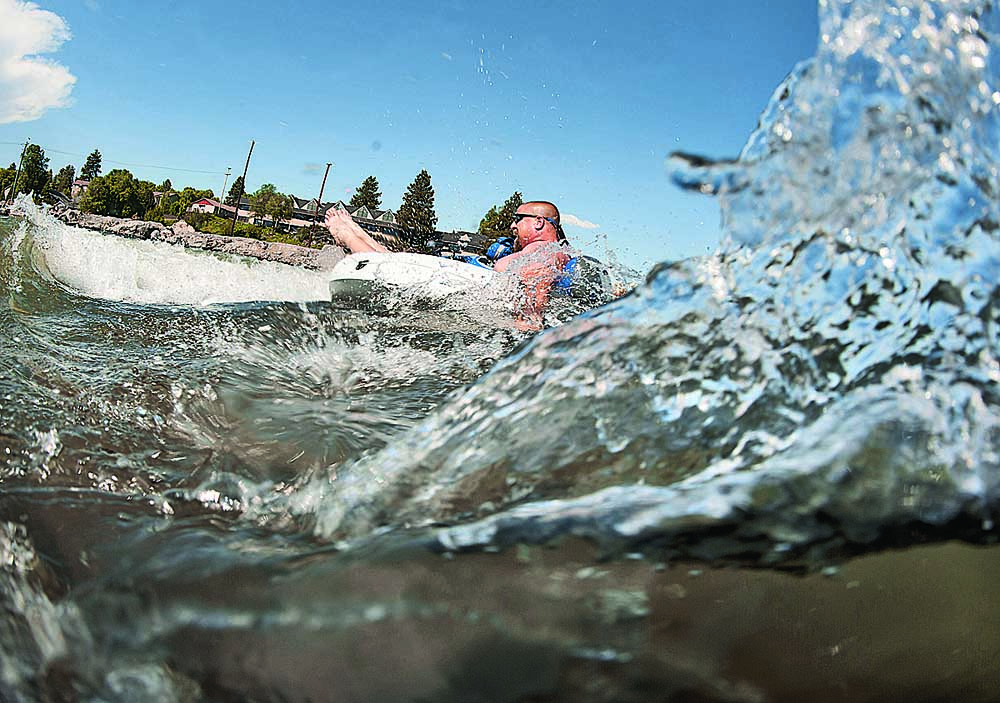Oregon’s visitor numbers grow
Published 12:00 am Tuesday, May 7, 2019

- A floater navigates his way through the rapids at Bend Whitewater Park in June 2016.
For the ninth year in a row, Oregon saw another bump in visitor spending, according to a new economic impact report from the Oregon Tourism Commission.
Total direct travel spending in Oregon hit $12.3 billion in 2018, a 4.2% increase over 2017, according to the Dean Runyan Associates Oregon Travel Impacts report.
In Central Oregon, which ranks fifth in terms of travel spending, visitors spent $961 million in 2018, according to report. That represents a 6.5% increase over 2017, according to the report.
The report also highlighted a 5.4% increase in tax revenue, to $42 million. About 9,920 people were employed in the visitor industry, according to the report.
Strong visitor spending reflects how well the area is viewed as a destination, said Kevney Dugan, Visit Bend CEO. About 4.5 million visitors come to Central Oregon each year. The bulk of the travel is during the summer months.
“Central Oregon continues to be a desirable place to visit for families and friends, and in turn we continue to see increases in economic activity and tax revenue,” Dugan said.
“Stakeholder companies of the industry are growing and becoming busier, and new businesses are popping up. So you are seeing employment numbers grow with good growth in average wages for the leisure and hospitality sector.”
Most visitors come to Central Oregon to experience the outdoors, said Linea Gagliano, Oregon Tourism Commission global communications director. With about 80% of Oregon visitors coming because of outdoor recreation, it is important to protect natural areas.
“Bend is the outdoor mecca,” Gagliano said.”We need to keep the dialogue open and talk frankly about expectations and sometimes even stop promoting an area.”
This happened during the Seven Wonders campaign spotlighting places from the Oregon Coast to Smith Rock. At one point, the Smith Rock manager asked Travel Oregon to stop promoting the area because the influx of visitors was taxing resources.
That’s when a unified effort of state and local stakeholders is needed, Gagliano said. Two years ago when the total solar eclipse cast its shadow across Central Oregon, agencies across the state mobilized to create a communication network, which is still used to redirect crowds or change promotions.
“We’re working together to inform people of when a place is busy and they should pack their patience,” Gagliano said. “We want to inform them of what to expect and maybe do something different.
“It’s important for everyone to align on how to care for a place and how we connect as an industry.”
It’s all about education and managing resources, said Dugan. Visit Bend is the city’s tourism marketing agent and is funded by transient room taxes.
Todd Montgomery, the executive in residence at Oregon State University-Cascades, said it’s important for growth that a destination gives the best visitor experience possible.
“The key for long-term viability of a destination is to ensure all community stakeholders benefit from tourism,” Montgomery said. “This is because a Central Oregon tourist’s experience is determined by all the interactions it has within the community during their visit.”






